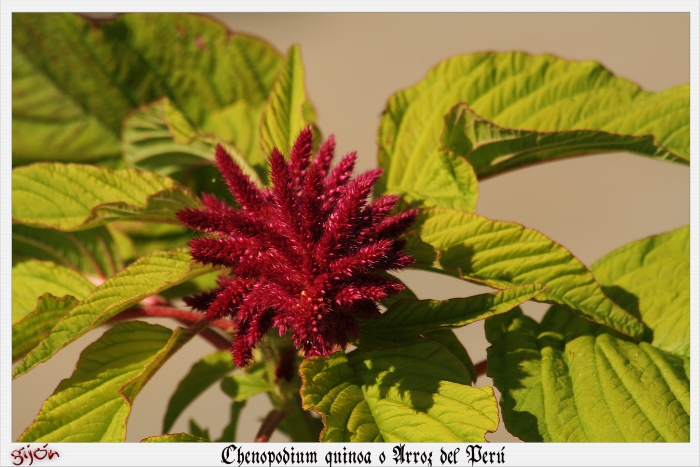Quinoa
(Chenopodium quinoa)
Quinoa (Chenopodium quinoa)
/
/

manuel m. v.
CC0 1.0 Universal












Estimated Native Range
Summary
Quinoa is valued for its resilience to varying temperatures and altitudes, making it a versatile crop for diverse climates. It is also appreciated for its minimal maintenance requirements and its ability to grow in soils with varying drainage. In cultivation, it prefers full sun exposure and moderate watering. Quinoa’s ability to withstand light frosts at any stage of growth, except during flowering, is notable. However, frosts during flowering can lead to pollen sterilization. The plant’s water needs vary among cultivars, but it generally prefers well-distributed rainfall during early growth and dry conditions for seed maturation and harvest. Quinoa is not only a food crop but also serves as an ornamental plant due to its striking foliage and seed heads. It is used in crop rotation for its soil-enriching properties and is a valuable addition to sustainable agriculture systems.CC BY-SA 4.0
Plant Description
- Plant Type: Herb
- Height: 2-2.5 feet
- Width: 1-1.5 feet
- Growth Rate: Rapid
- Flower Color: Green, Purple, Yellow
- Flowering Season: Summer
- Leaf Retention:
Growth Requirements
- Sun: Full Sun
- Water: Medium
- Drainage: Slow, Medium, Fast
Common Uses
Drought Tolerant, Edible*Disclaimer: Easyscape's listed plant edibility is for informational use. Always verify the safety and proper identification of any plant before consumption., Low Maintenance
Natural Habitat
Originates from the Andean region in South America, thriving in high-altitude terrains of the Andes and coastal areas
Other Names
Common Names: Reismelde, Heidenkorn, Rismålla, Mjölmålla
Scientific Names: , Chenopodium quinoa, Chenopodium quinoa var. quinoa, Chenopodium chilense, Chenopodium quinoa var. lutescens, Chenopodium quinoa var. rubescens, Chenopodium guinoa, Chenopodium canihua, Chenopodium quinoa var. viridescens, Chenopodium hircinum var. rhombicum
GBIF Accepted Name: Chenopodium quinoa Willd.